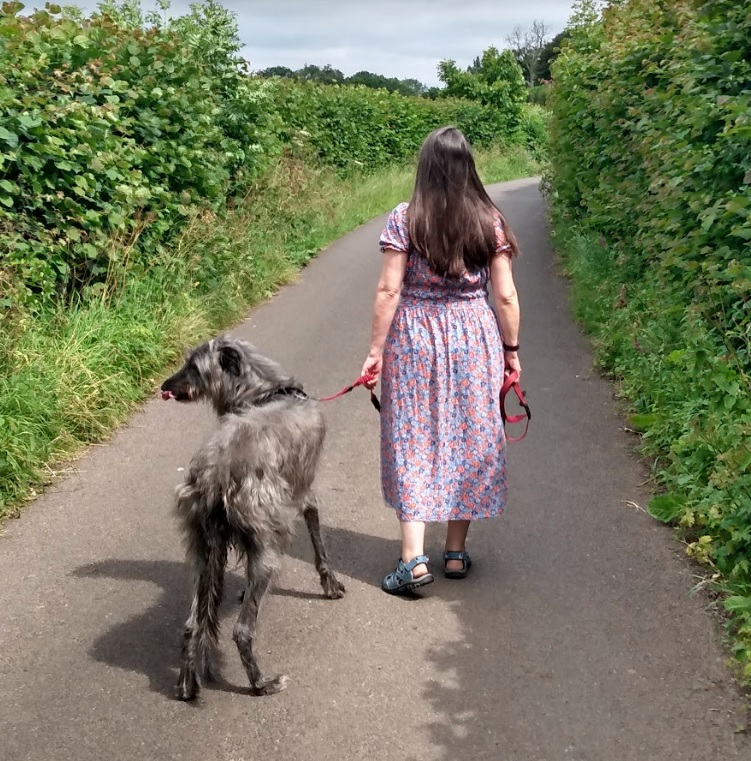We have a good collection of soft fruit bushes and fruit trees. Not on the commercial scale, but getting close to making us self sufficient. I’m working on closing the gap. As a result, I have a keen interest in the little winged beings visiting every single blossom that my garden offers.
In the UK, I have read, there are four types of honey bee, over two hundred types of solitary bees and 24 types of bumblebee. All are reported to be decreasing in number. Just in our garden this year, I have noticed very few honey bees. Solitaries and bumbles are not obviously down in number, but I have not measured their numbers. Purely anecdotal.
Bizarrely, I had a swarm of honey bees go over my head a week ago. Amazing sound and feeling. I couldn’t help thinking about the disappointed bee keeper, wondering why the hive is empty. Since talking to a bee friend, I gather that a queen egg may still be in the hive, so not all may be lost, for this hypothetical bee keeper!
Looking around the fruit, there is a lot swelling up. The only tree which does not appear to be up to its usual number is the plum. Usually it is heaving with plums the size of generous olives, by this stage.

So my ongoing action plan to make my garden the best bee haven in the area:
- Plant the plants that bees like. I try to have plants in the garden that flower at different times, so the bees always find something interesting in the garden. For example, the fruit trees and nettles supply nectar in March and April. Chives, foxgloves and raspberries take over in May and June. Hollyhock, borage and lavender take the strain between July and September. Not an exhaustive list, but I hope you can see what I’m getting at. I am forever looking at new possible plants to add. Not forgetting a water source.
- Supply good nesting places. We live in an old house, with plenty of opportunities for mason bees. Areas in the garden are left undisturbed for the mining bees. We do need to make some nesting boxes.
- Become a beekeeper. This has to be a win-win scenario and I hope will happen very soon.
I know that our plot in minuscule compared to the size of this country, but if I can encourage the bees it may just help. I know I’m not alone in taking action. You never know, by actively encouraging the bees, I might get two-legged visitors seeing the advantages and following suit.
Has anyone else put new measures in? I’d love to hear what others are doing. For more information, I found the BBCT site interesting. Including that bumblebees have smelly feet, so they can tell if a flower has been visited lots already. Good job we have lots of sweet smelling roses!





